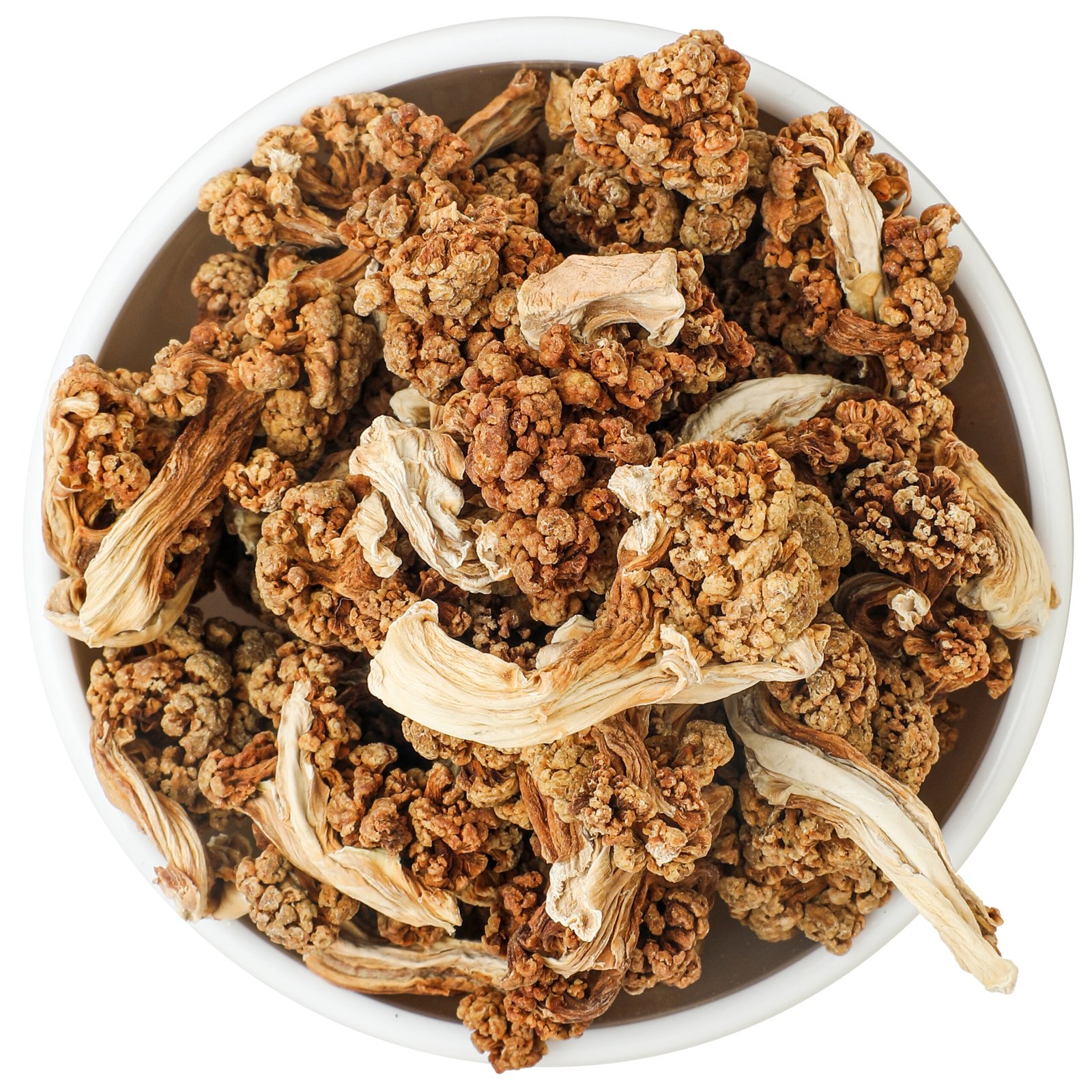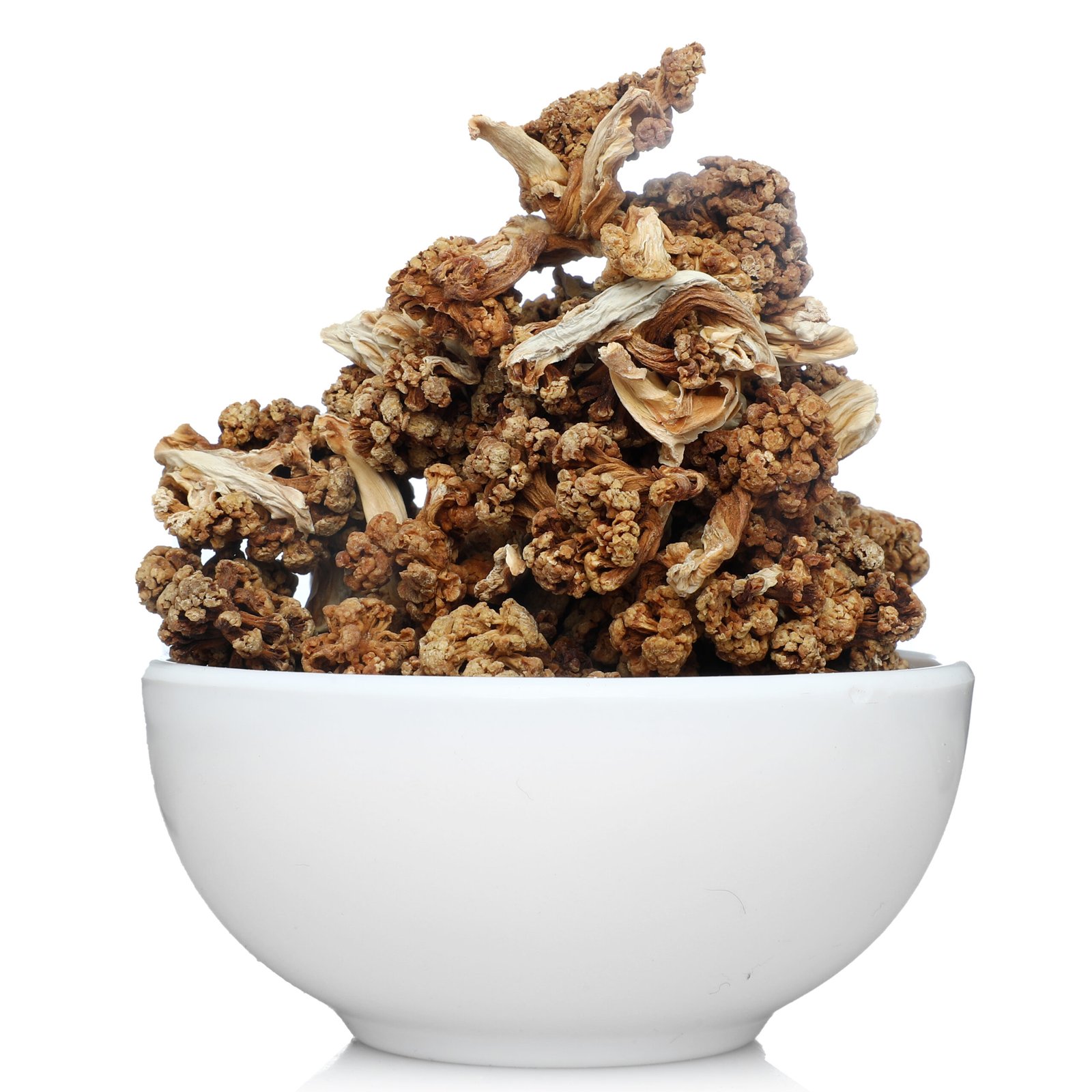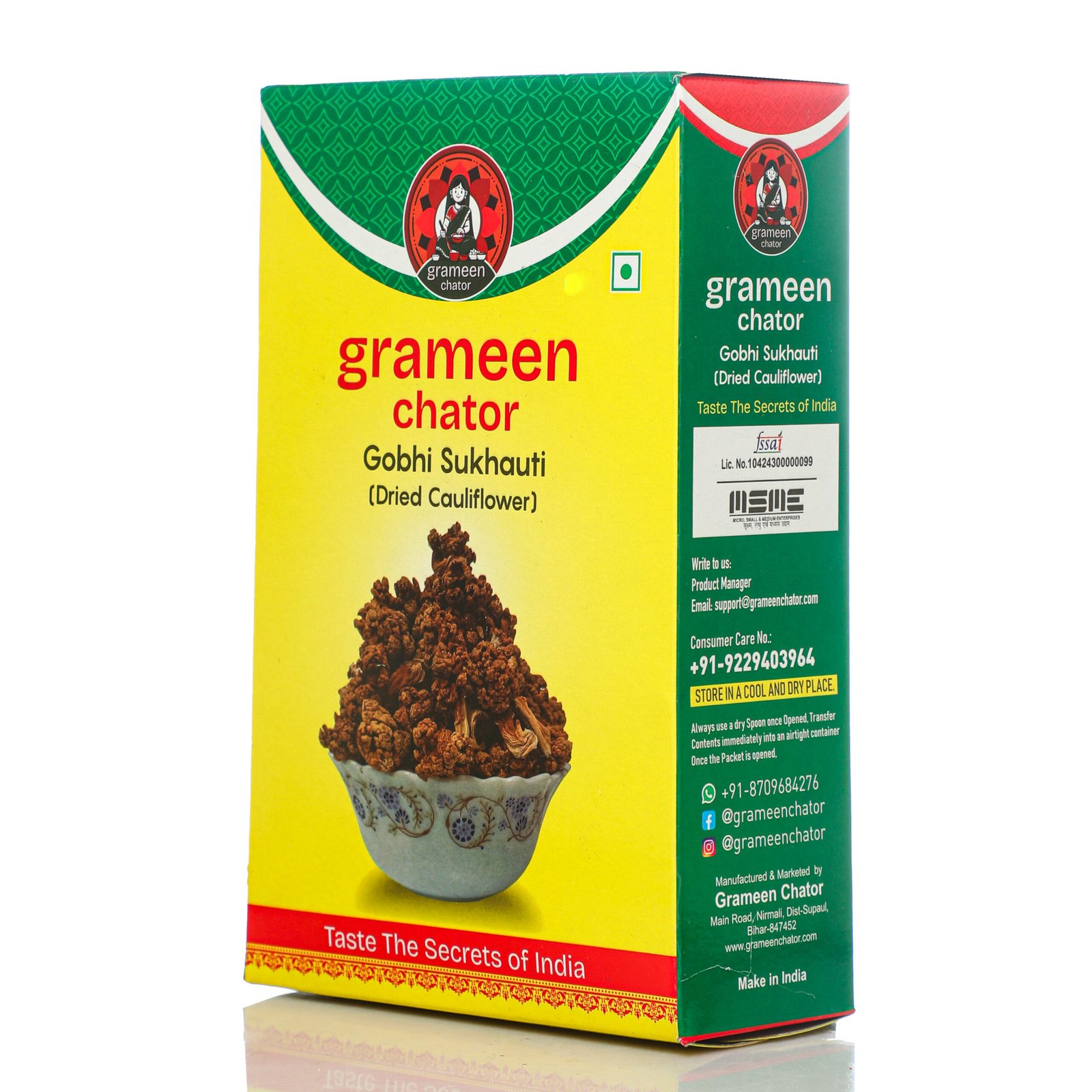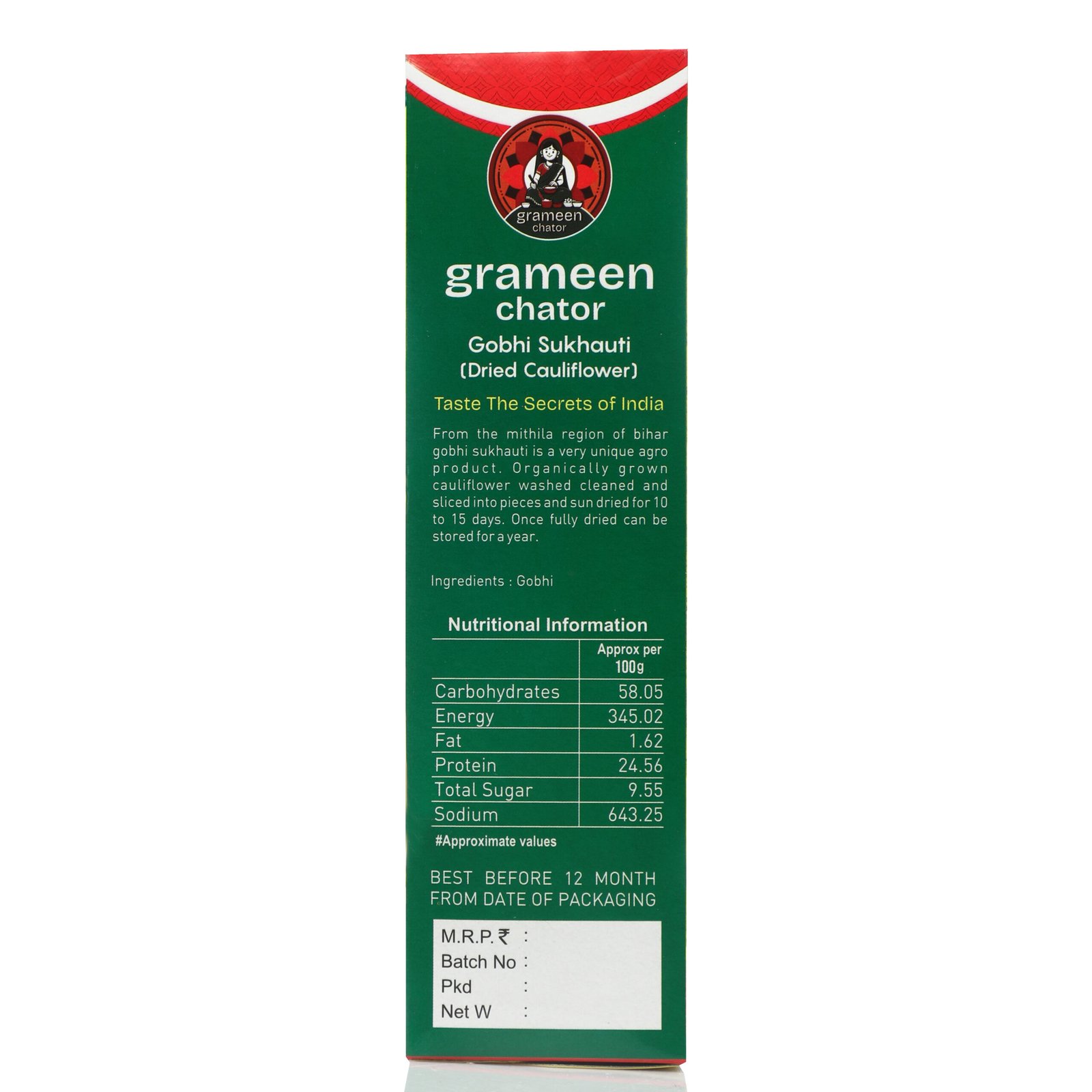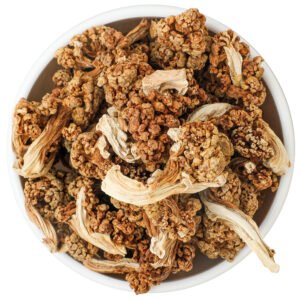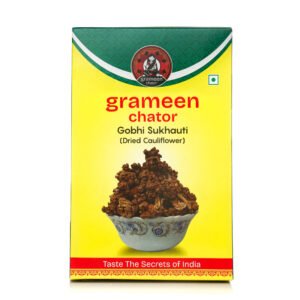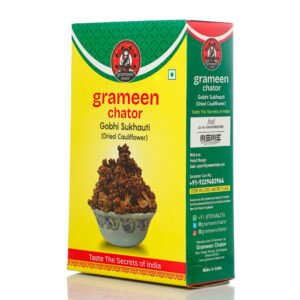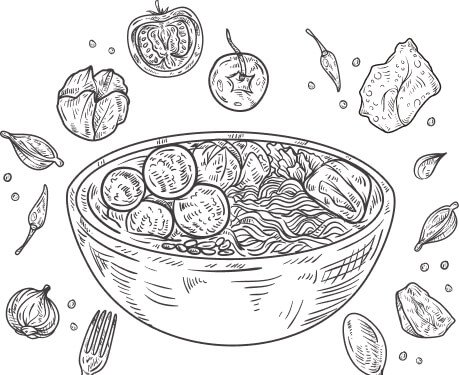The history of drying vegetables dates back to the early days of human civilization, a time when survival depended on mastering the art of food preservation. In the ancient world, long before the advent of refrigeration and modern storage techniques, our ancestors discovered that drying fruits and vegetables was a way to preserve their bounty for the harsh winters and times of scarcity. This discovery was not just a matter of convenience but a vital step in ensuring the survival of early communities.
The Early Beginnings
Picture an early human settlement nestled near a fertile riverbank, where people lived off the land and hunted for their sustenance. The seasons dictated their lives, with spring and summer bringing an abundance of fruits, vegetables, and grains. But with the arrival of autumn came the pressing need to prepare for the cold winter months ahead. Food had to be stored and preserved, or the community would face starvation.
It is believed that the practice of drying vegetables began by accident. One day, a group of early gatherers noticed that the wild berries and roots they had collected were shriveling in the sun but remained edible. Unlike other perishables that rotted quickly, these dried foods retained their flavor and could be stored for longer periods. This accidental discovery sparked an idea that would revolutionize food preservation.
The Evolution of Drying Techniques
As time passed, early humans began to experiment with drying different types of vegetables. They spread thinly sliced fruits and vegetables on rocks or wooden platforms, allowing the sun and wind to do the work. Over generations, they developed methods to enhance this process, learning to cut the produce into thin slices for faster drying and to choose specific locations with good sunlight and airflow.
In the vast deserts of Mesopotamia, ancient civilizations improved upon these techniques by building simple solar drying structures. These early solar dryers protected the produce from dust and pests while maximizing exposure to the sun’s rays. This method became an integral part of their food culture, allowing them to store vast quantities of dried produce for trade and sustenance.
Drying Vegetables: A Cultural Legacy
As societies evolved, the practice of drying vegetables spread across continents and cultures. In Egypt, dried onions, garlic, and herbs were used not only as food but also in religious rituals and medicine. In China, drying vegetables became a sophisticated art, with techniques passed down through generations, preserving both the nutritional value and the unique flavors of regional produce.
In the Americas, indigenous tribes such as the Navajo and Hopi dried corn, beans, and squash in the arid desert air. These dried vegetables were essential to their diet and formed the basis of their cuisine, providing sustenance during the harsh winters and long journeys.
Modern-Day Revival
Today, the tradition of drying vegetables continues, though the methods have evolved with technology. From solar dryers to electric dehydrators, the essence remains the same: preserving the harvest to sustain life through the lean times. At Grameen Chator, we honor this ancient tradition by carefully drying and preserving vegetables using time-tested techniques, ensuring that each bite carries the rich history of our ancestors’ wisdom and resilience.


